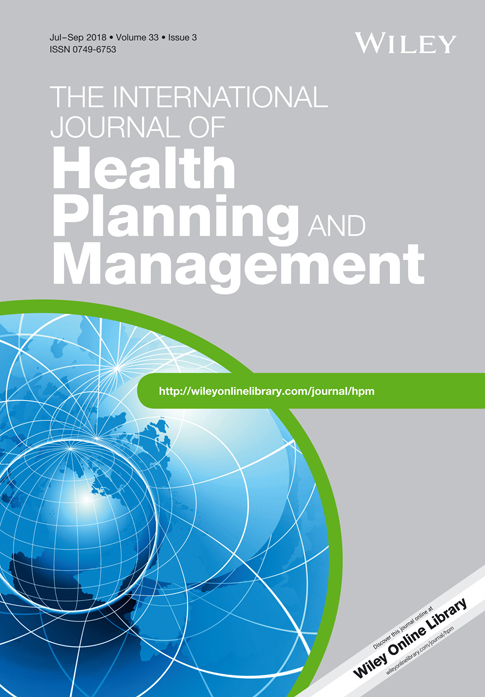Human resources for health: A narrative review of adequacy and distribution of clinical and nonclinical human resources in hospitals of Iran
Summary
Introduction
Human resource supply is considered as one of the most vital factors in achieving organizational goals, and human resources are the most valuable factor in the production and delivery of services. Labor shortages and surpluses could downgrade the quality of services offered to patients. Considering the seriousness of this issue, this study aimed to investigate the status of human resources in Iran hospitals.
Methods
The narrative review was conducted according to the Preferred Reporting Items for Systematic Reviews and Meta-analyses guidelines. The key terms “Human Resource,” “Human Resource Management,” “Staff,” “Workforce,” “Hospital,” “emergency,” “staff nursing,” “medical,” “clinical personnel,” “administration,” “physician personnel,” “non clinical personnel,” “hospital personnel,” “human development,” and “Iran” were used in combination with Boolean operators OR and AND. The Institute for Scientific Information's Web of Science, PubMed, Scopus, ScienceDirect, Ovid, ProQuest, Wiley, Google Scholar, and the Persian database were searched.
Results
The research findings revealed that Iran's hospitals have no uniform distribution of human resources. In spite of the concentration of labor forces in some positions (eg, laboratory, radiology, operating room, anesthesia, and midwifery), other positions occupied by physicians and nurses are experiencing serious shortages of human resources, affecting the quality of the provided services.
Conclusion
With respect to the study findings, planning to compensate for staff shortages and achieving personnel standard levels as well as providing the grounds for training the heads of wards for proper human resource management and planning would lead to an increase in the efficiency and effectiveness of hospital activities.
CONFLICTS OF INTEREST
The authors declare they have no conflict of interest.




